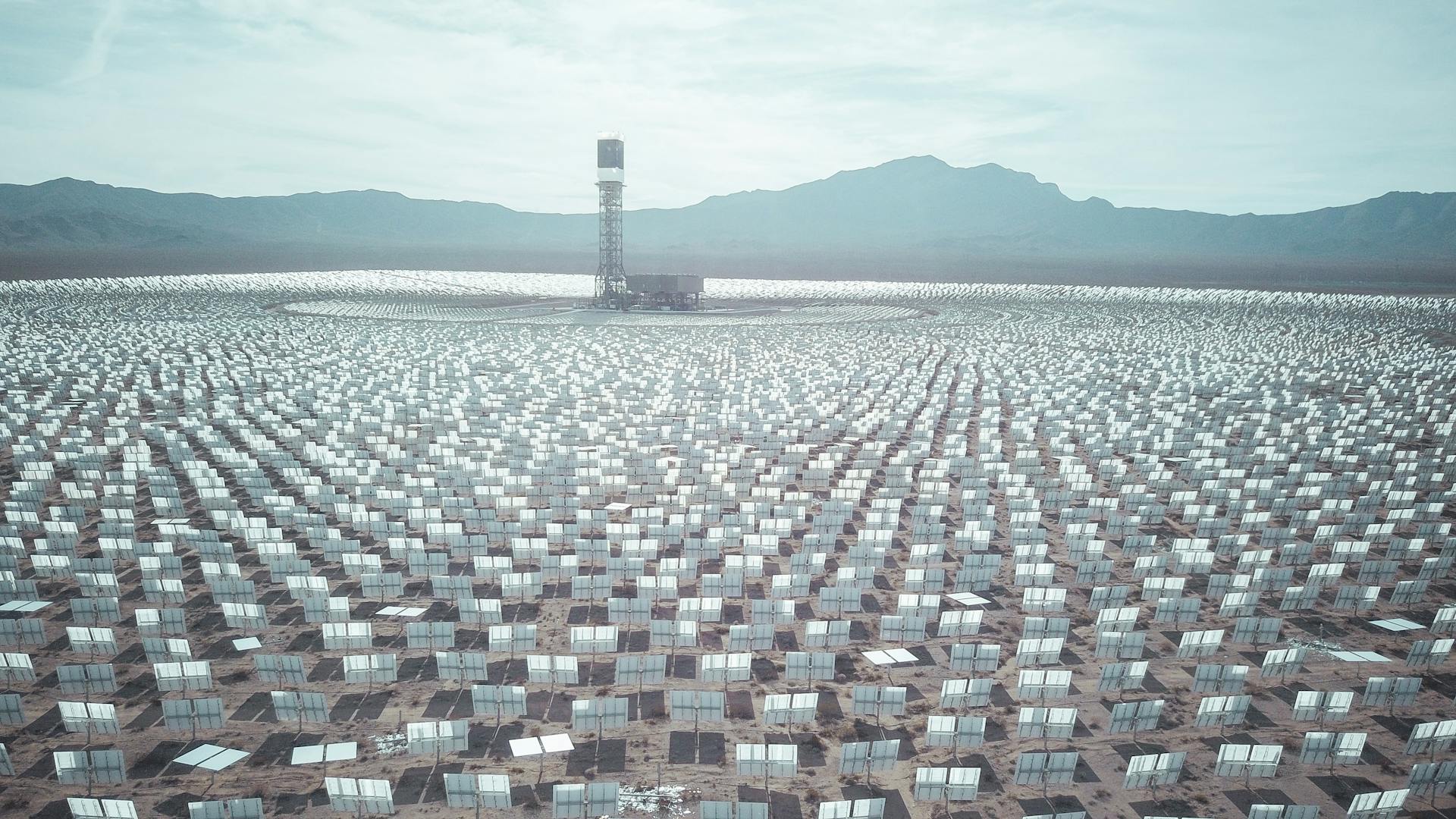Imagine a world where energy grids predict your power needs before you do, where solar panels adjust to the weather in real time, and where entire cities reduce their carbon footprints with the help of intelligent systems. This is not science fiction—this is the power of artificial intelligence (AI) transforming the way we manage and consume energy.
Artificial intelligence is rapidly reshaping industries across the globe, from healthcare to finance, and energy management is no exception. As our world becomes more interconnected and energy demands rise, the need for efficient, sustainable energy solutions has never been more critical. AI is stepping in to fill this gap, offering unparalleled tools to optimize energy use, reduce waste, and improve the reliability of energy systems.
In today’s energy-conscious world, where balancing the need for power with environmental sustainability is key, AI-driven technologies are revolutionizing how we generate, distribute, and consume energy. From smart grids to predictive maintenance, AI is enabling the transition to a future of smarter, more efficient energy management.
The Role of AI in Energy Efficiency
AI has become a key player in optimizing energy consumption, allowing industries, households, and entire cities to use energy more effectively. One of its primary contributions is the ability to monitor energy usage in real time and adjust consumption patterns to avoid waste. AI-powered systems can learn from historical data and predict when and where energy demand will peak, allowing systems to prepare in advance. This proactive approach leads to reduced energy wastage and a more balanced consumption pattern.
A notable advancement in this area is the development of smart energy grids. These grids leverage AI to analyze real-time data, allowing utilities to manage supply and demand more efficiently. AI’s data-driven insights can identify usage patterns and optimize distribution across the grid, minimizing energy loss. Additionally, AI-driven predictive maintenance ensures that energy systems are always running at peak efficiency. By detecting potential issues before they escalate into costly breakdowns, AI can reduce downtime and prolong the lifespan of energy infrastructure.
AI-Powered Renewable Energy Solutions
The integration of AI in renewable energy sources like solar and wind power has significantly enhanced their efficiency and reliability. AI systems are capable of predicting energy output by analyzing weather patterns and adjusting the orientation or operation of renewable assets in real-time. For instance, AI can help solar panels align optimally with sunlight throughout the day, while wind turbines can adjust based on changing wind speeds to maximize energy capture.
Moreover, AI plays a crucial role in optimizing battery storage for renewable energy. By predicting both energy production and consumption, AI systems can decide when to store excess energy and when to release it back into the grid, ensuring a steady energy supply even when renewable sources like sunlight or wind are not available. This level of precision in energy storage management has helped renewable energy become more viable as a long-term solution to global energy demands.
AI in Smart Grid Technology
Smart grids, powered by AI, represent the next generation of energy management. Traditional energy grids are reactive, responding to issues as they occur, while smart grids, enhanced by AI, take a proactive approach. By analyzing vast amounts of data in real time, AI can forecast energy demand and adjust grid operations accordingly. Demand response management—where energy consumption is adjusted based on real-time conditions—becomes far more effective with AI. It ensures that energy is distributed where it is needed most, avoiding unnecessary strain on the grid.
AI also helps manage grid stability, reducing the likelihood of outages. It identifies potential weaknesses and can re-route energy to ensure a stable flow, even in times of peak demand. With these capabilities, AI is setting a new standard for grid reliability, preventing blackouts and reducing energy costs by ensuring efficient distribution.
AI and Energy Forecasting
Energy forecasting is one of AI’s strongest contributions to modern energy management. AI-powered predictive analytics enable more accurate predictions of energy demand, allowing providers to plan for future consumption needs. By analyzing historical data, real-time usage, and external factors such as weather or market trends, AI systems can give utilities the foresight they need to balance supply and demand more effectively.
This predictive capability helps prevent energy shortages or surpluses, ensuring a more balanced grid and reducing the risk of waste. Several case studies highlight how AI-driven forecasting has reduced costs for utilities by enabling more precise energy distribution and planning.
AI in Reducing Carbon Footprints
AI is also playing a vital role in reducing carbon emissions across industries. AI-driven solutions are being used to track and minimize energy consumption, directly reducing the carbon footprint of businesses and households. For industrial applications, AI can monitor and control emissions, ensuring compliance with environmental regulations and identifying areas where energy efficiency improvements can further reduce waste.
Beyond monitoring, AI helps design energy-efficient infrastructure. From smart buildings that automatically adjust heating and lighting to AI-optimized transportation systems, these innovations lead to substantial reductions in emissions while maximizing energy efficiency.
Challenges and Risks of AI in Energy Management
Despite its benefits, AI in energy management also presents challenges and risks. One major concern is data privacy, as AI-driven energy systems require massive amounts of data to function effectively. This raises questions about how user data is stored, managed, and protected. Another challenge is the high cost of implementing AI technologies, which can be a barrier for smaller companies or developing regions looking to modernize their energy systems.
Additionally, overreliance on AI poses risks. If AI systems fail or are compromised, the resulting energy disruptions could be catastrophic, especially in critical infrastructure like hospitals or government buildings. As AI continues to expand its role in energy management, addressing these challenges will be crucial to ensuring its long-term viability.
Future of AI in Energy Management
The future of AI in energy management is full of potential. Advancements in AI technology could further revolutionize energy storage, making renewable energy sources more reliable and efficient. For example, AI might help optimize new forms of energy storage, such as hydrogen or next-generation batteries, enhancing their effectiveness in balancing energy supply and demand.
Moreover, AI is expected to play a significant role in achieving global sustainability goals by making energy systems smarter and more adaptive. The evolution of AI-driven technologies holds the promise of a world where energy is managed with minimal human intervention, delivering cleaner, more efficient energy to meet the growing demands of our planet.
Conclusion
Artificial intelligence is already transforming the energy landscape, driving efficiencies, improving grid stability, and reducing emissions. However, the continued innovation of AI-driven solutions will be crucial to meeting the challenges of a rapidly changing energy environment. As AI technology evolves, it has the potential to revolutionize energy management entirely, paving the way for a more sustainable future. The integration of AI in energy systems is not just a technological advancement—it’s a critical step toward creating a cleaner, more energy-efficient world.


